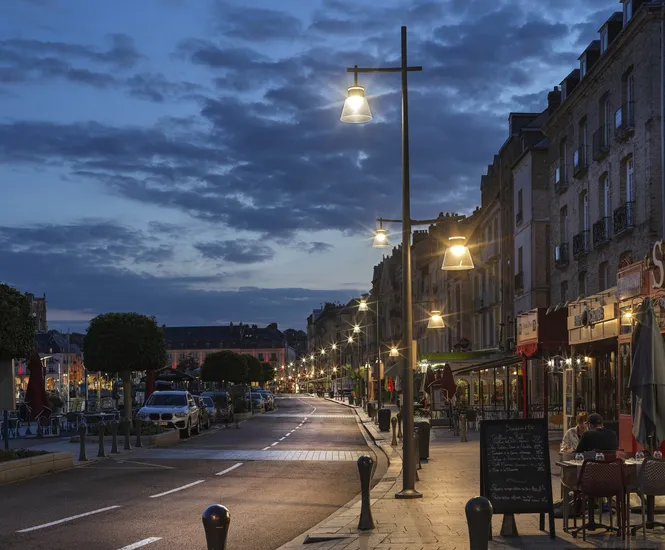All across the UK we’re seeing street lights and outdoor lighting being retrofitted with new environmentally friendly LED lights. Traditional HPS and Metal Halide lamps are being replaced, to green up our cities and protect our environment.
While it’s true that LEDs are more efficient than older forms of lighting – allowing some local councils to reduce fuel spending by as much as 50% on street lighting – they come at a cost, both to our environment and to ourselves.
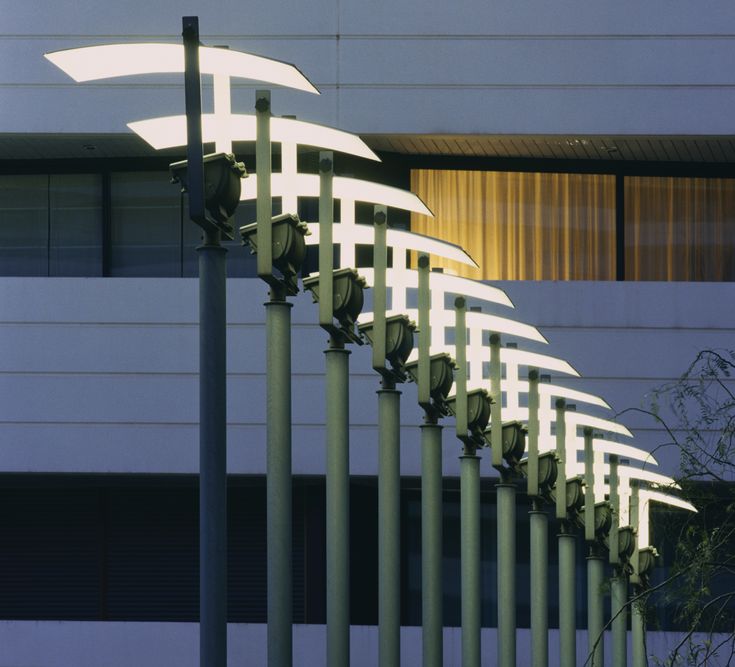
How LED Lighting Affects Health
White LEDs often being installed to light our cities have a higher percentage of blue light than incandescent bulbs.
Blue light has a proven side effect of inhibiting the production of melatonin in humans and animals. Melatonin is the chemical responsible for regulating sleep and wake cycles. Low levels of melatonin leads to disordered and dysregulated sleep. Poor sleeping habits can promote a variety of chronic health issues such as heart disease and diabetes.
By replacing warm incandescent lighting with blue and white LEDs there is potential for these health issues to be increased.
The Environmental Impact of LEDs
The damage of blue light is not limited to humans, and can have a strong impact on animals.
Moths and caterpillars are found with 52% less frequency in hedgerows lit by LED lights than in unlit areas. This is compared to 41% in hedgerows illuminated by sodium lighting.
This drop in insect populations has a knock on effect on other species. Hedgehogs and small mammals (that feed on the insects) are also detected less often in areas with bright LED lights.
Bright LED lighting can affect song birds, who have their sleep and wake cycles disturbed by blue lights. In areas lit by LEDs they sing earlier in the morning, and later at night. The impact of damaging the health of wildlife populations across the country has not been fully realised yet.
Light Pollution
Light pollution has wide reaching effects. Effects that stretch far beyond our cities and hedgerows, cutting off our connection with the night sky.
LEDs are brightening the night sky at an ever increasing rate. In 2016 astronomers reported that the milky way was now obscured at night to ⅓ of the human population.
Current estimates claim that our night sky is brightening by 10% per year. It’s possible that in 20 years time almost all major constellations will be largely invisible in most areas.
Aside from its astrological and cultural impact, the brightening of the night sky has serious environmental consequences. Many nocturnal animals such as sea turtles and migrating birds navigate by moonlight.
So Why Choose LED Lighting?
All is not doom and gloom with LED lighting. When used thoughtfully, it can be a versatile tool to illuminate our cities in safe, sustainable ways.
In fact, when implemented correctly, LEDs offer more opportunities to reduce light pollution than traditional lighting methods.
Smart Uses for LED Lighting
Research suggests that warm coloured light is far less disruptive to animals than white or blue light. In areas where bat or wildlife populations need to be protected local councils can create nocturnal corridors. When pathways are not in use by humans, lights can give off a soft red glow. When sensors detect human movement, lights are intensified for safe passage, before returning to a soft animal friendly red glow.
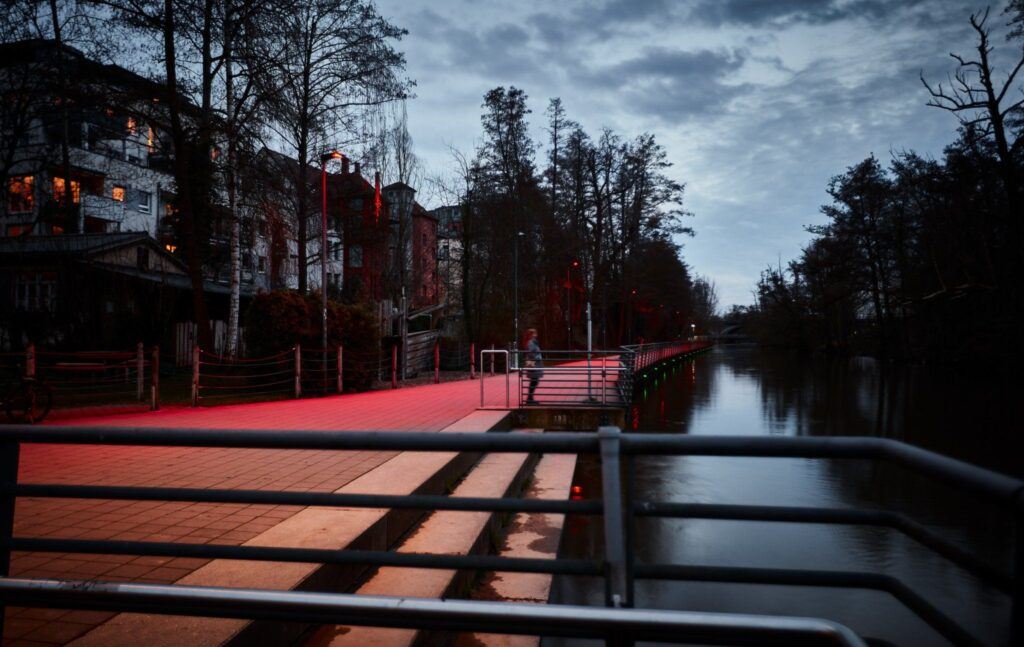
It’s possible to synchronise the colour temperature of LED lights with the seasonal needs of local insect and animal populations.
Selux has developed dynamic lighting systems that change through the seasons, in tune with the rhythms of insects and wildlife. In colder months, when Insects are not active, more powerful 2700k colour lighting can be used. In summer, when wildlife is more active, softer red lights can be employed to minimise disruption to behaviour and habitats.
Specific colour temperatures and wavelengths are less light polluting than others.
The ski town of La Mongie had its street lights replaced by LEDs with a colour temperature of 2700k. This limited blue light pollution that was interfering with a nearby observatory, allowing darker skies to be enjoyed by all.
Reducing Negative Effects of LED Lighting
Light shade systems use physical barriers or reflective surfaces to contain light beams so that light only permeates intended areas. They prevent light spilling out by casting a precise beam of light, protecting dark skies and wildlife habitats.
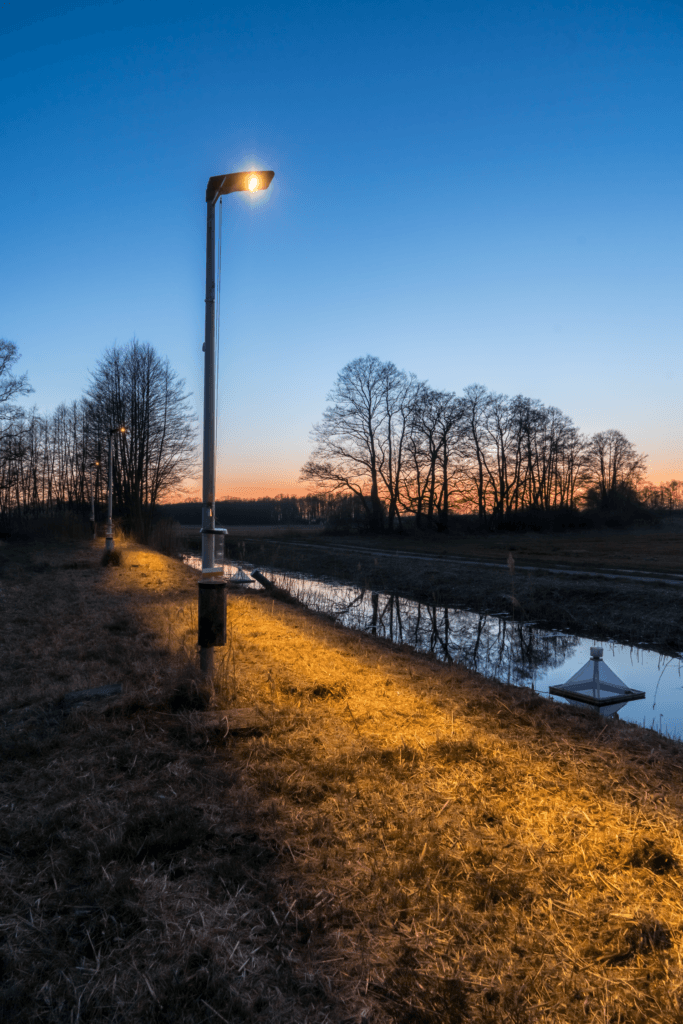
Handrail and low-level lighting offer another solution to curb light spill. By illuminating pathways with lights at ground level, areas can be lit for navigation, leaving other spaces undisturbed in darkness.
This can preserve dark zones for wildlife and maintain natural ambiance, striking a balance between safety and ecological sensitivity.
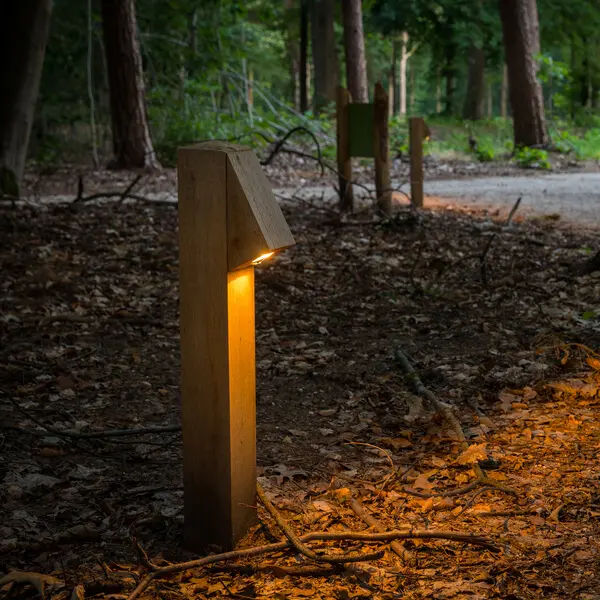
Even simply using less bright LEDs can have positive and wide reaching effects on light pollution and wildlife protection.
Lights should be no brighter than they need to be, lighting where needed, but not overpowering and eradicating darkness.
LED Lighting: The Big Picture
Despite LEDs potential risk to health and the environment they can be a powerful and ecologically friendly technology.
Rather than installing bright blue light street lamps there needs to be more emphasis placed on specific wavelengths of light. By combining these with creative lighting solutions the wild and the developed can coexist in our cities.
Balancing the Pros and Cons of LEDs:
- Potential downsides: LED lights may cause hormonal disruptions, contribute to light pollution, and impact the environment.
- Mitigation strategies:
- LEDs can be adjusted to specific color temperatures to minimize health and environmental effects.
- Timers and sensors can help control when LEDs are on, reducing unnecessary energy use.
- Low-level lighting can focus on specific areas, limiting light spill.
- Light shields can contain and direct LED light to prevent light pollution.
Learn More
To learn more about outdoor LED lighting we recently published an introduction to all the key terms and measurements, to help you light your project efficiently and effectively.

